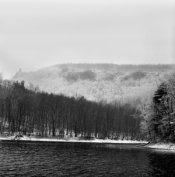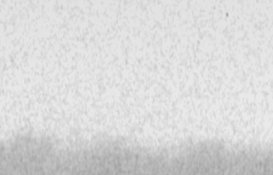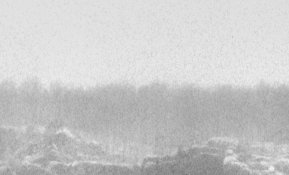Rtcjr
Member
Hi all,
I have a question regarding this pic and wondered why it looks grainy in the lighter areas. I went today and took a few shots at a reservoir in a overcast day. This particular shot seemed a little fuzzy and grainy in the sky just above the tree line when zooming in. Could this be reticulation?
The higher in the sky, the less grainy look. It looks foggy, but it really wasn't that bad. the sun it behind the heavy cloud cover in the upper left.
FP4, adonal, 1:25 9min
Exposure was lightened in PS.
I will say my rinse water was probably about 8 degrees cooler.
Thanks - Rich
I have a question regarding this pic and wondered why it looks grainy in the lighter areas. I went today and took a few shots at a reservoir in a overcast day. This particular shot seemed a little fuzzy and grainy in the sky just above the tree line when zooming in. Could this be reticulation?
The higher in the sky, the less grainy look. It looks foggy, but it really wasn't that bad. the sun it behind the heavy cloud cover in the upper left.
FP4, adonal, 1:25 9min
Exposure was lightened in PS.
I will say my rinse water was probably about 8 degrees cooler.
Thanks - Rich








